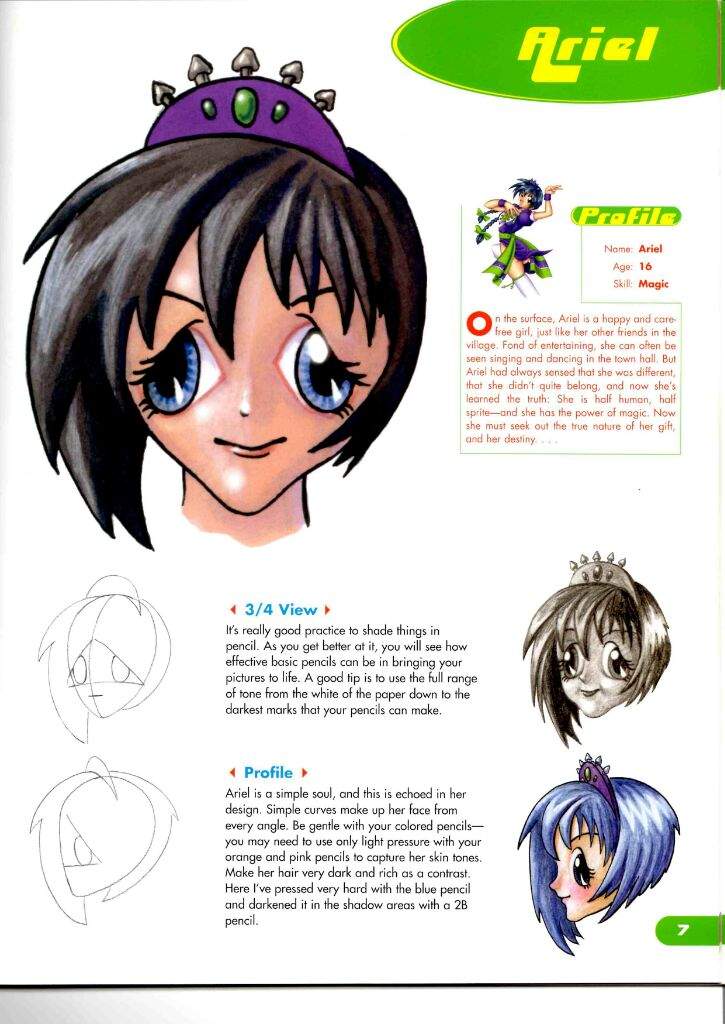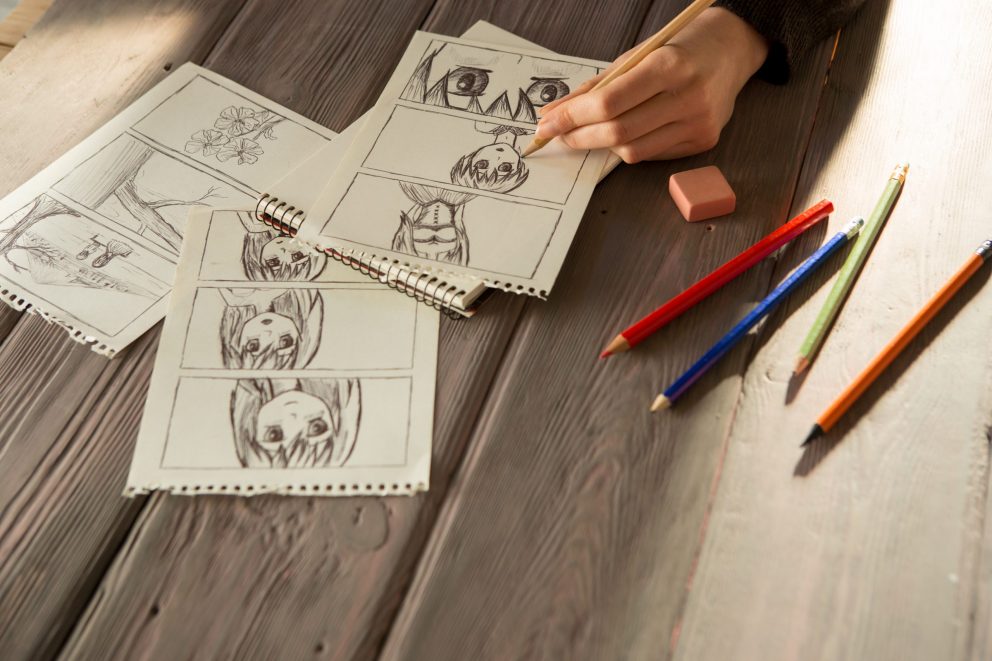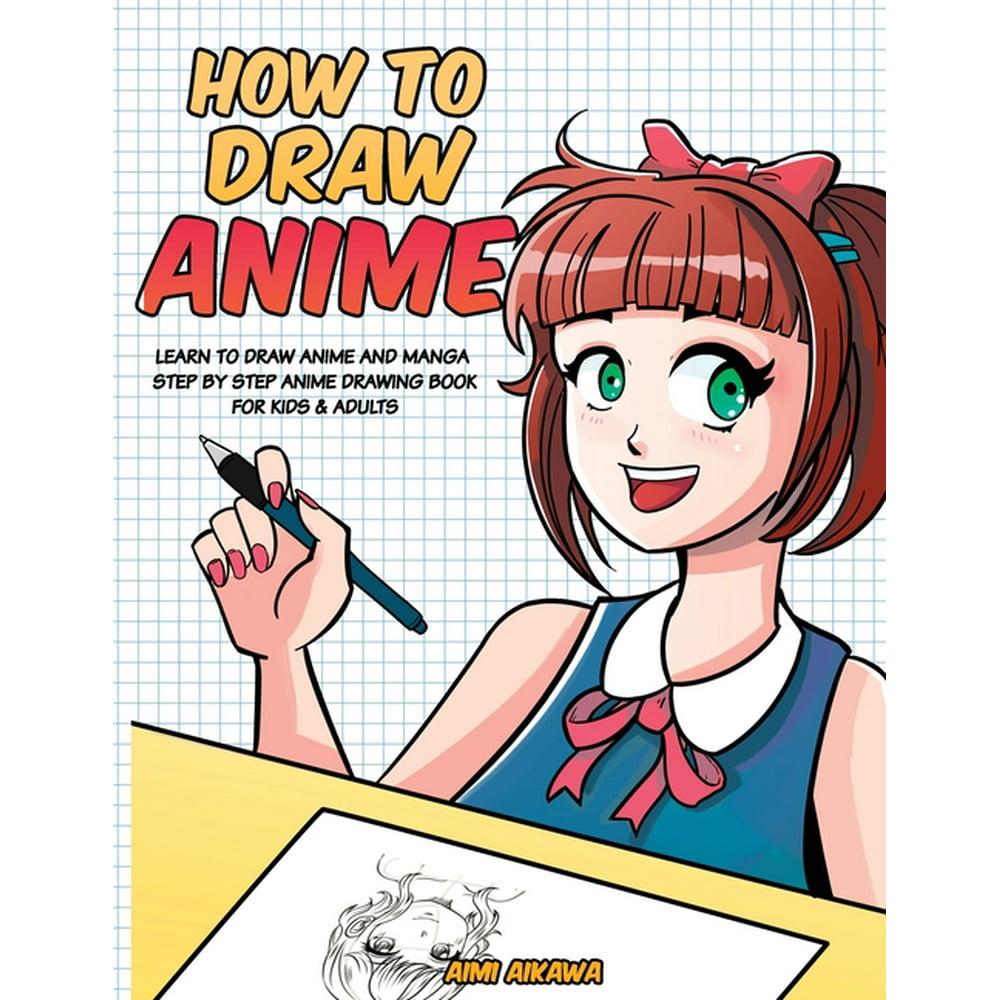How to Make a Manga Book
Creating your own manga book is a rewarding journey, blending artistic skill with storytelling prowess. This guide outlines the essential steps to bring your manga vision to life, from initial concept to finished product.
1. Concept Development
Begin by solidifying your manga's core idea. Determine the genre – is it action-packed shonen, heartwarming shojo, intriguing seinen, or something else entirely? Develop a compelling storyline that will captivate your readers.
Next, brainstorm your characters. Give them unique personalities, backgrounds, and motivations. Sketch their initial designs and think about how they will evolve throughout the story. Consider their relationships with each other and how those dynamics will drive the plot.
Worldbuilding is crucial, especially for fantasy or science fiction manga. Define the rules of your world, its history, geography, and cultures. The more detailed your world, the more immersive the reading experience will be.
2. Scripting and Storyboarding
Translate your story idea into a detailed script. Break down your narrative into individual chapters and scenes. Write out the dialogue, paying attention to character voice and pacing. Remember to show, don't tell, using visual descriptions to enhance the storytelling.
Create a storyboard for each chapter. This involves sketching out the panel layouts, character poses, and backgrounds for each page. A storyboard helps you visualize the flow of the story and identify any potential problems with pacing or composition. Use simple sketches; the goal is to plan, not to create finished artwork at this stage.
Consider using software designed for comic creation. These programs often have built-in tools for scripting and storyboarding, making the process more efficient.
3. Character Design and Asset Creation
Refine your character designs. Develop detailed character sheets that include front, side, and back views, as well as different expressions and poses. This ensures consistency in your artwork throughout the manga. Pay attention to details like clothing, hairstyles, and accessories, as these contribute to a character's identity.
Create any necessary background assets. This could involve drawing buildings, landscapes, or objects that will appear repeatedly in your manga. Having these assets prepared in advance saves time and ensures consistency in your backgrounds.
Experiment with different art styles until you find one that suits your story and your artistic abilities. Consider the style of other manga in your chosen genre and think about how you can create a unique look for your own work.
4. Penciling and Inking
Using your storyboard as a guide, begin penciling the pages of your manga. Draw the panel borders and then sketch in the characters, backgrounds, and dialogue balloons. Use light pencil lines so you can easily erase mistakes. Pay attention to perspective, anatomy, and composition to create visually appealing pages.
Once you're satisfied with the penciling, ink the artwork. Use a variety of pens, such as technical pens, brush pens, or dip pens, to create different line weights and textures. Inking is a crucial step as it defines the final look of your manga.
Consider using digital tools for penciling and inking. Digital art software allows you to easily correct mistakes and experiment with different styles. Wacom tablets are a popular choice for digital artists.
5. Adding Tones and Effects
Tones add depth and shading to your manga. You can use screentones, which are sheets of adhesive film with pre-printed patterns, or you can create your own tones digitally. Apply tones to create shadows, textures, and atmospheric effects.
Add special effects to enhance the action and drama of your manga. Speed lines, motion blurs, and impact flashes can create a sense of movement and excitement. Use these effects sparingly to avoid cluttering the page.
Many digital art programs have built-in tools for adding tones and effects. These tools can save you a lot of time and effort compared to traditional methods.
6. Lettering and Dialogue
Add the dialogue and sound effects to your manga. Choose a font that is easy to read and appropriate for your genre. Place the dialogue balloons carefully so they don't obscure the artwork or confuse the reader.
Use different font sizes and styles to emphasize certain words or phrases. Sound effects should be visually interesting and integrated into the artwork. Consider using onomatopoeia in different languages to add flavor to your manga.
Proofread your dialogue carefully to catch any spelling or grammar errors. Ensure that the dialogue is natural and consistent with the characters' personalities.
7. Final Touches and Editing
Review your completed manga pages for any errors or inconsistencies. Check the panel flow, character designs, and dialogue for anything that needs to be fixed. Make sure the overall look of your manga is consistent and visually appealing.
Seek feedback from other artists or manga fans. Constructive criticism can help you identify areas for improvement. Be open to suggestions and willing to make changes to your work.
Create a cover for your manga that is eye-catching and representative of the story. The cover is the first thing that potential readers will see, so it's important to make a good impression. Consider hiring a professional cover artist if you're not confident in your own abilities.
8. Publishing and Distribution
Decide how you want to publish your manga. You can self-publish it digitally through platforms like Kindle Direct Publishing or ComiXology. Alternatively, you can submit your work to publishers and hope to get a publishing deal. Self-publishing gives you more control over the creative process, while traditional publishing offers wider distribution and marketing support.
Promote your manga online through social media, websites, and online forums. Engage with your fans and build a following. Consider attending comic conventions and other events to showcase your work.
Don't be discouraged if you don't achieve immediate success. Building a career as a manga artist takes time and effort. Keep creating, keep learning, and keep promoting your work. The best manga is the one you never give up on.
Creating a manga book is a long but very satisfying process. Don't rush it, have fun, and be proud of what you create.



![[HOW TO MAKE MANGA Pt.1] - 6 Tips to Get You Started! - YouTube - How To Make A Manga Book](https://i.ytimg.com/vi/FO05hUEXRDQ/maxresdefault.jpg)





















